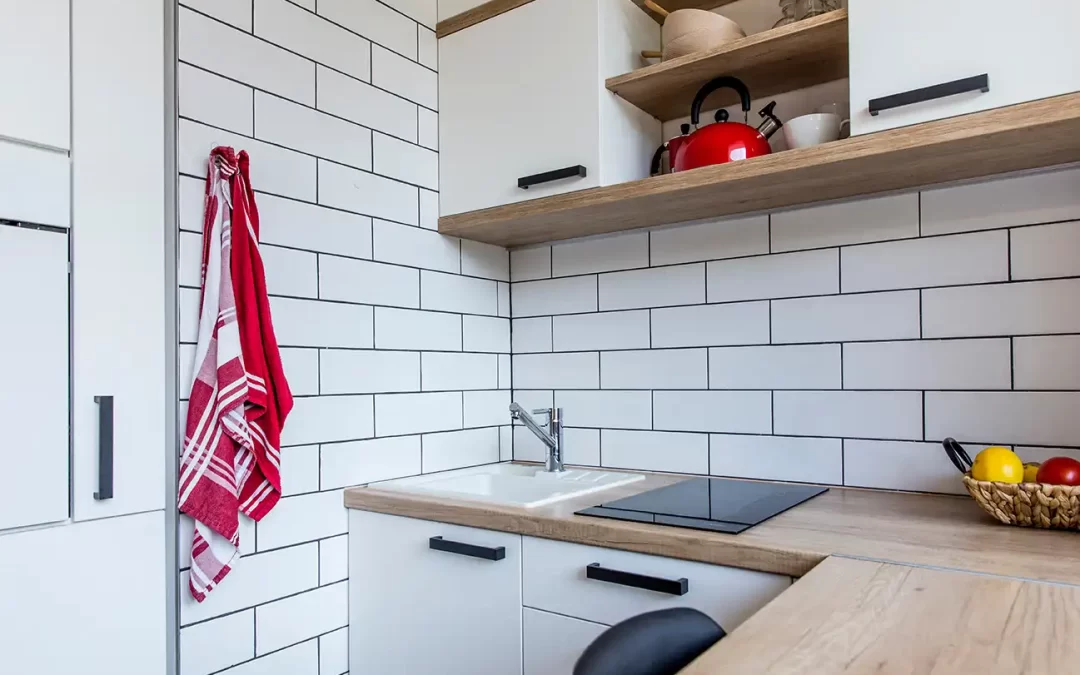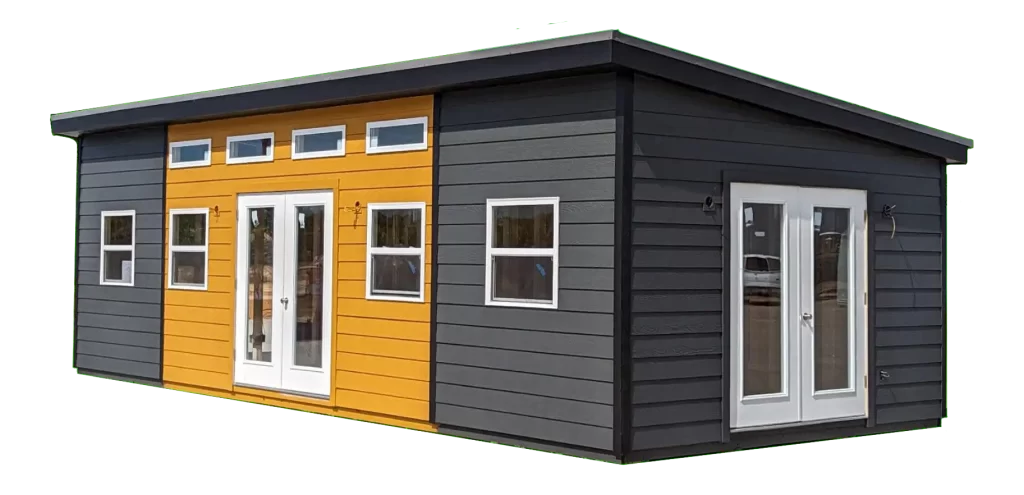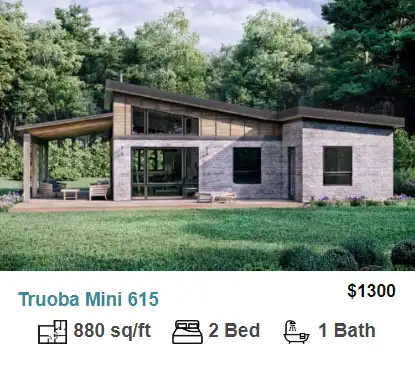
List of Tiny Home Builders by State – 2023
Comprehensive List of Tiny Home Builders by State
Below you will find tiny home builders listed by state. Builders are also divided by what type of tiny homes they build.

The Perfect Tiny Home Kitchen
Tiny homes all have one thing in common. Despite being the most important room in the house, there never seems to be room for everything you need in the kitchen. Refrigerators, dishwashers, ovens, and stoves are among the bulkiest appliances in any home so cramming them all in a tiny kitchen is quite the challenge. Fortunately, tiny homers across the country have answered the call and come up with some ingenious ways of keeping their kitchens classy and functional.



